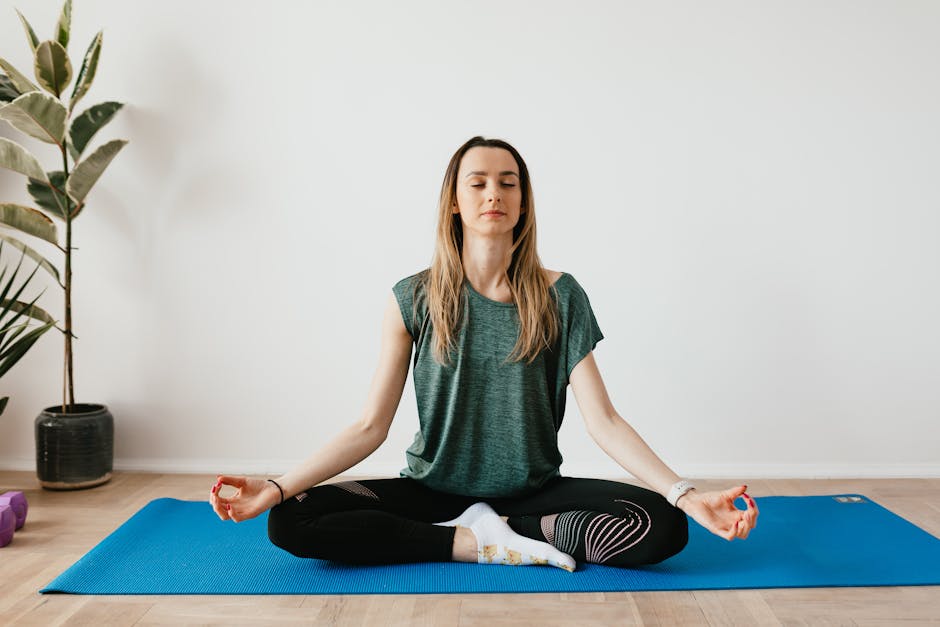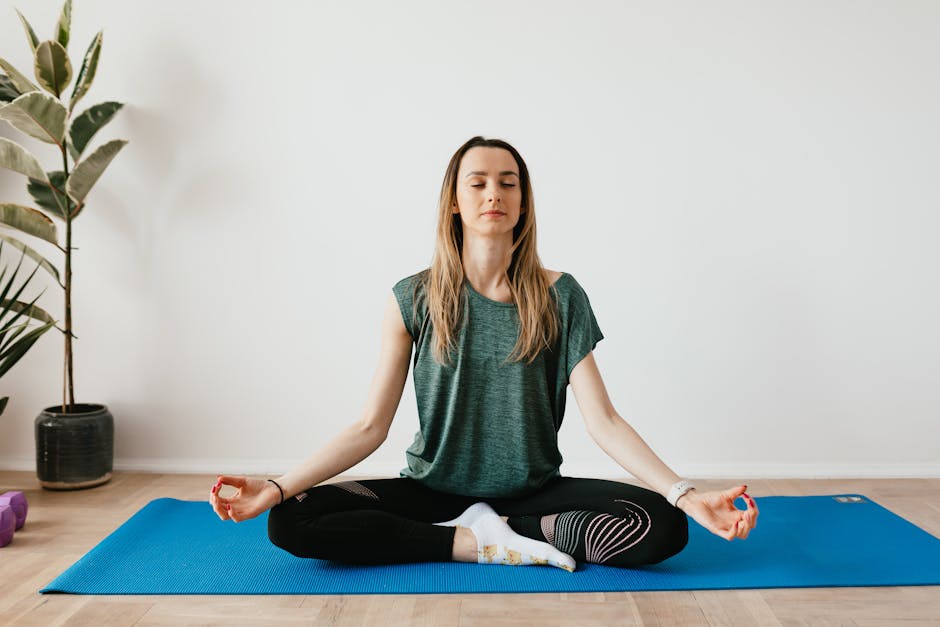Mastering the Art of Potting Succulents: A Comprehensive Guide

Potting succulents can be a delightful hobby, offering a touch of nature’s beauty to your home or office. These charming plants are not only aesthetically pleasing but also incredibly resilient, making them perfect for both seasoned gardeners and beginners. However, to ensure your succulents thrive, it’s essential to understand the best practices for potting and caring for these unique plants.
Firstly, choosing the right pot is crucial. Succulents prefer a snug fit, so opt for a pot that’s just a little larger than the plant itself. The material of the pot also matters. While plastic pots are lightweight and affordable, they may not provide the best drainage, which is vital for succulent health. Terracotta pots, on the other hand, are porous, allowing excess water to evaporate, thus preventing root rot.
Once you’ve selected the perfect pot, the next step is to choose the right soil. Succulents require well-draining soil to prevent water from sitting around the roots, which can lead to rot. A good rule of thumb is to use a mix of half potting soil and half coarse sand or perlite. This combination ensures that water drains quickly, keeping your succulents happy and healthy.
Now, let’s move on to the actual potting process. Start by placing a layer of pebbles or small stones at the bottom of the pot for additional drainage. Then, fill the pot halfway with your soil mix. Carefully remove the succulent from its current container, making sure to shake off any old soil from the roots. Place the plant in the new pot and fill the remaining space with soil, leaving the top of the roots just below the rim of the pot.
After potting, it’s time to water your succulent. However, it’s important to remember that succulents are desert plants and don’t require frequent watering. Overwatering is a common mistake that can lead to root rot and ultimately kill your plant. A good practice is to water your succulent thoroughly, then wait until the soil is completely dry before watering again.
Lighting is another crucial aspect of succulent care. These plants love sunlight, so place them in a spot where they can get at least six hours of bright, indirect light each day. However, be careful not to expose them to harsh, direct sunlight, as this can cause their leaves to burn.
Temperature is also a factor to consider. Succulents prefer a temperature range of 60-80°F. They can tolerate cooler temperatures at night, but it’s best to bring them indoors if the temperature drops below freezing.
Finally, don’t forget about fertilization. While succulents don’t require as much fertilizer as other plants, a little boost during the growing season can help them thrive. Use a balanced, water-soluble fertilizer diluted to half strength, and apply it to the soil every two to four weeks during the spring and summer.
In conclusion, potting succulents is an art that requires a bit of knowledge and a lot of love. By choosing the right pot and soil, watering appropriately, providing adequate light, maintaining the right temperature, and fertilizing occasionally, you can ensure your succulents grow healthy and beautiful. Remember, every plant is unique, so observe your succulents closely and adjust your care routine as needed. Happy potting!
Potting Succulents 101: Essential Tips for Thriving Plants
Potting succulents can be a delightful hobby, offering a touch of nature’s beauty to your home or office. These charming plants are known for their resilience and minimal care requirements, making them a favorite among both novice and experienced gardeners. However, to ensure your succulents thrive and flourish, it’s essential to follow some best practices when potting them.
Firstly, choosing the right pot is crucial. Succulents prefer a snug fit, so opt for a pot that’s just a little larger than the plant itself. The material of the pot also matters. While plastic pots are lightweight and inexpensive, they tend to retain water, which can lead to root rot. On the other hand, terracotta pots are porous, allowing excess water to evaporate, making them an excellent choice for succulents.
Next, let’s talk about the potting mix. Succulents need a well-draining soil to prevent water-logging. A mix of half potting soil and half coarse sand or perlite works well. You can also purchase a pre-made succulent or cactus mix from a garden center. Remember, succulents are desert plants, so they prefer a sandy, dry environment.
Once you have your pot and soil ready, it’s time to plant your succulent. Place a layer of soil at the bottom of the pot, then gently place your succulent in the center. Fill in the gaps with more soil, pressing it down lightly to secure the plant. However, avoid burying the succulent too deep or piling soil up against the stem, as this can cause rot.
Watering is another critical aspect of succulent care. These plants are adapted to survive in arid conditions, so they don’t need a lot of water. Overwatering is a common mistake that can lead to root rot and ultimately kill your plant. A good rule of thumb is to water your succulent thoroughly, then let the soil dry out completely before watering again. In most cases, watering once every 1-2 weeks is sufficient.
Lighting is also essential for succulents. They love bright, indirect light. A south or east-facing window is ideal. However, if you don’t have a suitable window, you can also use a grow light. Be careful not to expose your succulents to direct, harsh sunlight, as this can cause sunburn.
Lastly, don’t forget about temperature and airflow. Succulents prefer a temperature range of 60-80°F and good airflow to thrive. Avoid placing your succulents near heating or cooling vents, as sudden temperature changes can stress the plants.
In conclusion, while succulents are relatively easy to care for, they do require some specific conditions to thrive. By choosing the right pot and soil, watering correctly, providing adequate light, and maintaining the right temperature and airflow, you can ensure your succulents stay healthy and beautiful. Remember, the key to successful succulent care is understanding and replicating their natural desert-like environment. Happy potting!

